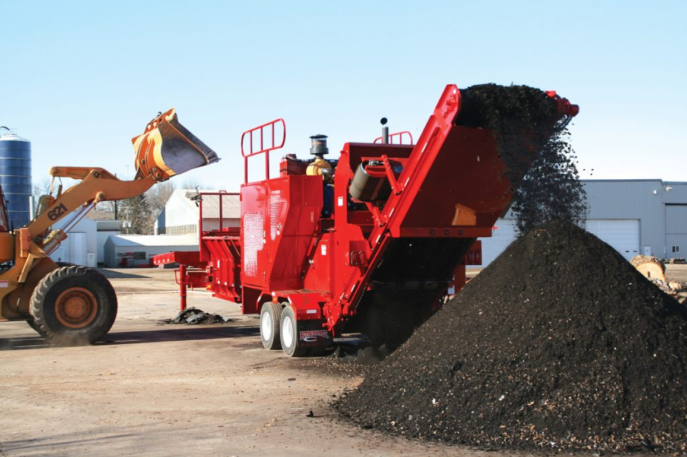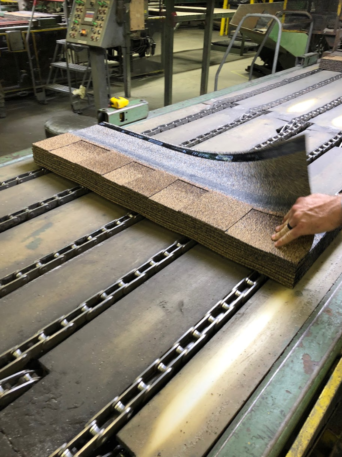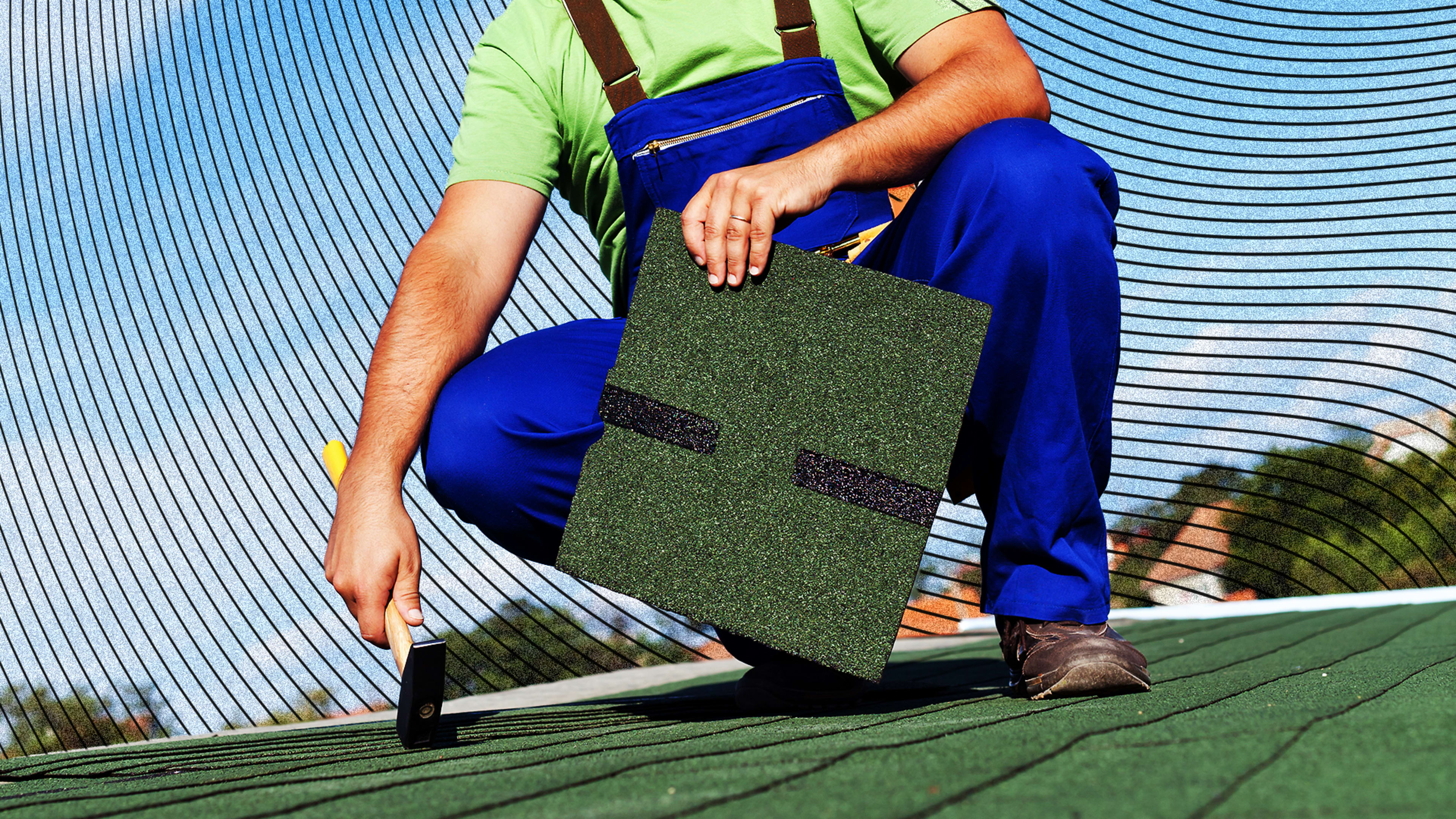Unlike many other places, which may use materials like slate and terracotta for roofs, North America predominantly covers houses with asphalt shingles. About 75% of U.S. roofs are covered by this material, due to its low cost, water-repelling qualities, and ease of installation. But, the abundance of the material puts strain on the environment. According to the Environmental Protection Agency (EPA), 11 million tons of asphalt waste is generated every year, most of which ends up in landfills. It takes about 300 years to decompose.
Solving the environmental toll has been a priority for GAF, the biggest roof manufacturer in North America. More than 12 billion square feet of shingles are manufactured each year, and they last about 15 to 20 years on the typical roof before they need to be replaced. “What do we do with those shingles when we take them off?” asks Jim Schnepper, the company’s president. After four years of development, GAF, an operating company of Standard Industries, has announced an industry first: a new patented process whereby otherwise wasted asphalt is recycled and converted into new shingles for roofs—creating a circular roofing system that the company aims to streamline into its entire product line.

The shingles are removed from roofs, and sent back to GAF in large chunks. They chop those into four-inch squares, remove the rock granules (which they then set aside and reuse later). The pieces, rich in asphalt, are ground up into a powder, and then compacted into small briquettes “that [look] a lot like the charcoal that you’ve used on your grill,” Boss says. Those are taken to a plant, where they’re melted at a high temperature in a tank. They’re combined with new raw materials to create new shingles, which contain up to 15% recycled material.
For an initial pilot phase, one of GAF’s plants in New York is now under modification to process the briquettes, and the resulting shingles will go on the market. With the learnings from the pilot, the company aims to take the system to one of their larger commercial plants by early 2023 for the full-scale rollout. “Our intent is to put this across our entire product category,” Schnepper says. “This isn’t a special green product. This is what we’re going to do.” Consumers won’t see a rise in costs, despite the product makeover.

Schnepper stresses the company’s commitment to finding sustainable new means of roofing, even if that means turning to novel materials. But, asphalt isn’t going anywhere; in fact, the market is growing, likely to surpass $9.5 billion in size by 2025. So, for now, circular shingles are the way to make the most difference. “The potential impact of this product,” he says, “clearly makes it the most significant sustainability initiative that we, at GAF, have ever taken on.”
Recognize your brand’s excellence by applying to this year’s Brands That Matter Awards before the early-rate deadline, May 3.
